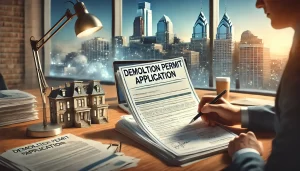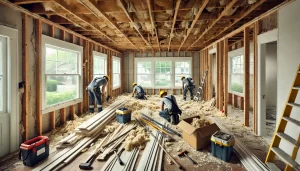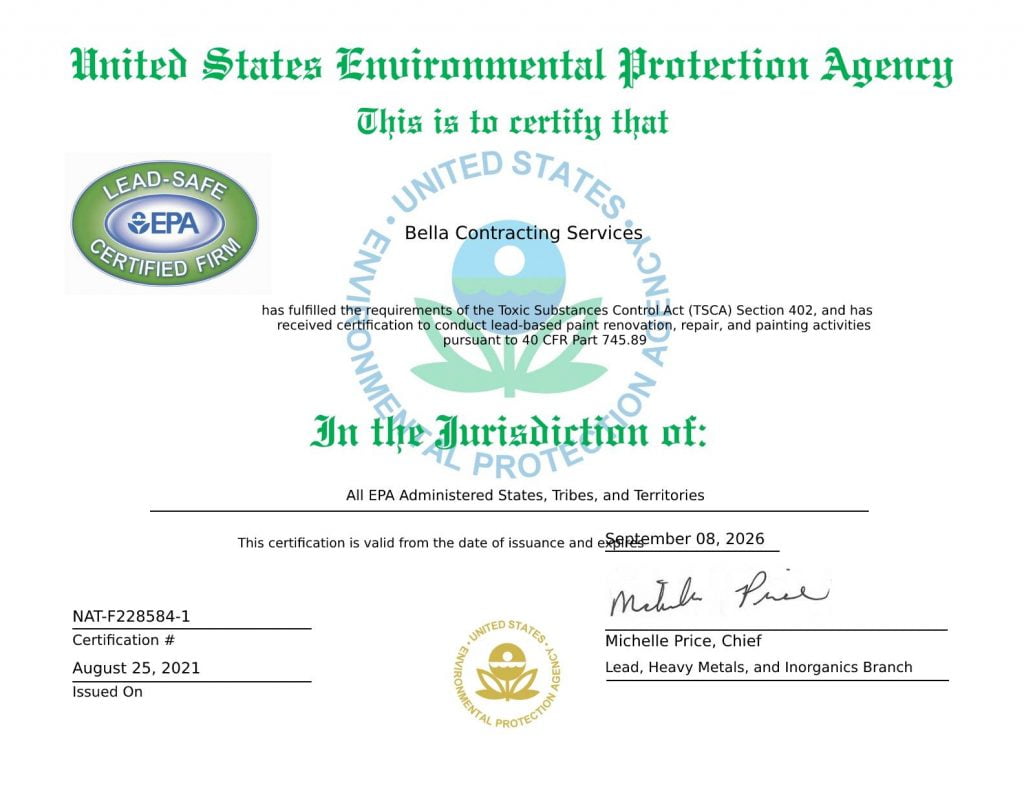Today, more and more industries are doing their part in going green and finding new ways to minimize pollution and its overall environmental impact. The construction industry is no different, but using sustainable practices is much easier said than done. There’s a lot to consider when finding new ways to stay environmentally aware, but even the smallest change can bring about big differences.
If you’re a construction and demolition contractor looking to do your part, here are some suggestions to achieve your goals:
Limit Fuel Usage
It’s no surprise to anyone that carbon emissions can impose a negative impact on the environment. Greenhouse gases, such as carbon dioxide, methane, nitrous oxide, and other synthetic chemicals, can trap the earth’s outgoing energy and retain heat in the atmosphere. The heat can cause changes in the earth and disrupt the energy balance from the sun. This can cause further changes in concentrations, affecting our climate, health, and various resources.
So how do you help?
For starters, reducing fuel usage is the best choice moving forward. That includes cutting back on vehicle idling times and minimizing travel distances while on the job.
Alternative Fuel
To lower fuel emissions and their environmental impact, the best course of action is to stop using fuel that emits carbon. This might sound complex, but there are alternatives that you can embrace, like hydro-treated vegetable oil (HVO). HVO not only reduces carbon emissions by 90%, but it’s also compatible with current diesel engines.
Noise Pollution
Alternative fuel isn’t the only way to reduce the environmental impacts of construction and demolition. Noise pollution is another factor worth considering. Loud noises from equipment and machines can cause environmental damage by disrupting ecosystems.
As well, noise pollution can contribute to cardiac, psychological, and hearing-based issues in humans and animals. To avoid these concerns, investing in advanced machinery that produces less noise would be a smart move.
Reuse and Recycle
While demolition involves breaking down structures, it can also involve reusing and recycling materials. Many materials such as wood, insulation, metal, aggregates, bricks, and more can be reused or recycled during a demolition job.
Much of the demolition waste can be reused on other projects or broken down and brought to recycling facilities. No matter the size of the demolition job, there will always be a large amount of salvageable materials. You just need to know what they look like and what to use them for.
Dust Pollutants
As any contractor will tell you, things can get messy during commercial demolition. With all the loose materials, debris, wood, and concrete, it can be easy to forget the number one pollutant: Dust. Dust can contaminate natural spaces and increase your risk of health and respiratory issues, but it can also affect/damage plants and other ecosystems.
Yes, it’s difficult to reduce the spread of dust on a demolition site, but there are extra precautions that can mitigate its negative effects.
Many demolition contractors set up barriers around a demolition site, blocking dust and other harmful particles from spreading. Another method is using water-based dust suppression systems to keep the surrounding area wet before, during, and after demolition projects.
As you’ve read above, many alternatives can minimize your environmental impact during construction and demolition. If you want professionalism and attention to environmental details during a project, you can rely on our demolition contractors in Connecticut. Contact our team at Bella Contracting Services to learn more about our commercial demolition.










